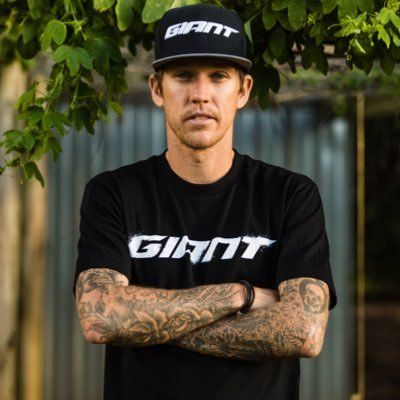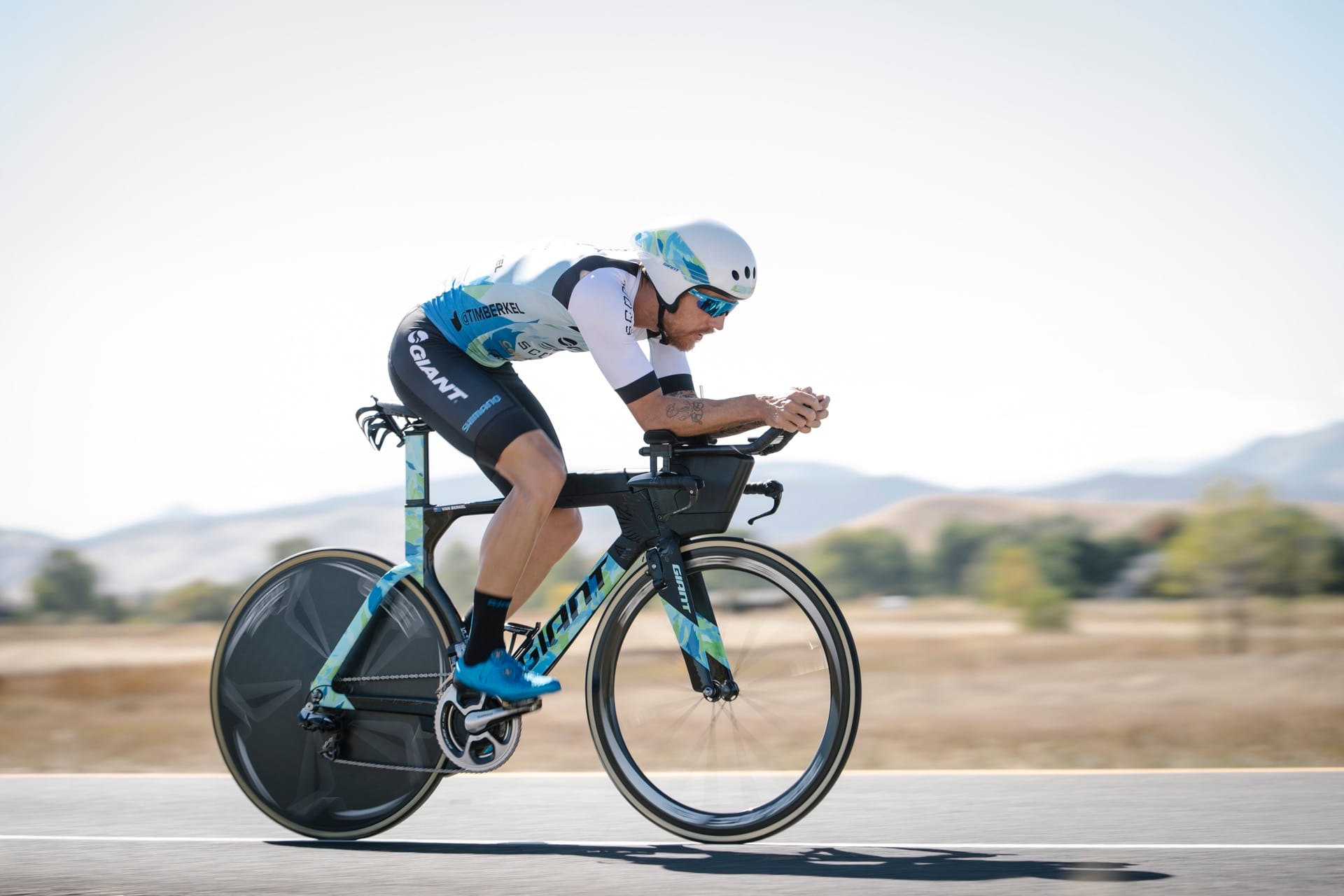Sailors have their boats, archers their bows, but we triathletes have our bikes. If you think about it, the start and end of triathlons feature the human body functioning in its purest form – swimming and running – no equipment required. But those two parts are linked together by the bike leg. So a triathlete’s bicycle is the most important piece of equipment that he or she will ever consider.
The relationship a triathlete has with their bike is critically important. The bike is much more than simply a method for getting from the start of the cycle leg to the end. And it is definitely much more than just a ‘piece of equipment’. In fact, I believe that the relationship a triathlete has with their bike resembles closely that which a craftsman has with his tools, an equestrian has with the horse or even that a samurai has with his sword. The bicycle is the channel through which the athlete converts strength, power, energy and determination into forward motion. Ultimately, your bike should feel like an extension of your body.
What each individual looks for in a bike varies, so I can only speak from my own experience of more than ten years training and competing as a professional triathlete. So that’s what I’m going to do. Talk about what I look for in a bike and along the way I will share some practical tips on how to pick a bike that will suit you and allow you to perform at your best.
I need to say right up front that I have had the privilege of working with Giant to develop their Trinity Advance Pro. A bike engineered to be the world’s fastest and most aerodynamic triathlon bike in real-world conditions. I love my bike, so I’m a little bit biased when it comes to talking about this stuff. As I said though, I can only speak from my own experience. You need to do your own research and make your own decisions about what will be best for you.
Two key questions
I have to begin by confessing I’m not a ‘gear head’. Some athletes get right down to the ‘nitty gritty’ and love to talk about the tiniest details of their equipment. Honestly, that’s not me! For me, it’s all about finding the answers to two key questions:
- How does it feel?
- How does it perform under race conditions?
The technical specifications of equipment are meaningless if they don’t translate into real-world results.
So what are the characteristics you should look for in a bike? What makes a bicycle good? Let’s begin with how it feels. For me, a bike needs to feel solid. It needs to make me feel safe. For example, the Trinity has got a stiffer frame which definitely gives me more confidence to go for it in the fast, downhill stretches and also gives me better power transfer when I’m putting the pedal down and making a fast break.
And a good bike is responsive – it reacts quickly to your changes in power and position. It sounds obvious, but a bike has got to be comfortable – you’re going to be on it for a long time, both in training and when you’re racing. If it feels like it’s part of you, then that sets you free to give your best. If it feels good to be riding it, then you’re not thinking about your gear, you’re able to stay in the moment and concentrate on giving your best.
Tip #1 Always get your bike fitted
I am continually amazed when athletes spend a huge amount of money on buying a new bike, but then don’t want to spend the money to get it properly fitted. Invest the money to get it professionally fitted for your body and your riding style. Apart from the comfort issue, a poorly fitted bike means less comfort and less power generation and thus decreased performance. That leads me to my next point.
Tip #2 Choose a bike that is highly adjustable
The aim of the exercise when it comes to your riding position is to find the optimal compromise between aggressive riding position. This includes higher seat, lower bars, flatter back to give the most aerodynamic shape – and comfort and power. There’s no point in going super-aero if you can’t maintain that riding position. Plus, if you’re impinging your hips that will also suck your power and be counter-productive.
Having a bike that is highly adjustable means that you can test different positions. But you can also gradually adjust into a more aggressive riding position as your body becomes stronger and accustomed to the new posture.
Tip #3 Choose a bike that is aero in the real world
Manufacturers talk a lot about aero-testing in wind tunnels. For example, Giant wind-tested more than 250 different frameset configurations when they were developing the Trinity Advance Pro. But, they also tested them out on the road in race conditions. I was excited to be part of that process.
Nutrition and hydration are facts of life for triathletes. In the past, you usually strapped your hydration to your bike and strapped your nutrition to yourself or maybe used a Bento box. The trend in bike development now is to have integrated hydration and nutrition systems. I was fascinated to discover that the Trinity Advance Pro is actually more aerodynamic with the AeroVault storage system on the bike than it is without it!
Two final tips from me:
Tip #4 Always use the best gear you can afford
The reality is that it is rarely your bike frame that lets you down in a race. It’s much more likely to be something else in your setup. Don’t skimp when it comes to setting up your bike. I’ve always found Shimano to be reliable – I use Dura-Ace gear and it gives me confidence when I’m racing. My point is, you don’t have to be a full-on ‘gear head’ but you do need to know what quality equipment looks like. Read, research, ask the pros, check out the reviews and then remember that, as with most things in life, you get what you pay for.
Tip #5 Keep tweaking
We all love to get on a brand new bike. It looks good, it feels good and usually it inspires us to go harder. But developing that relationship with your bike takes time. So keep tweaking your ride. Get your bike fitted, work on your riding position. Those things will make significant improvements to your performance. But then continue to seek out those smaller gains. Even 0.5% improvements make a difference over the course of a bike leg and they reflect in your times and your results at the end of the day.
I hope these tips help you get the most out of your bike. Enjoy!








